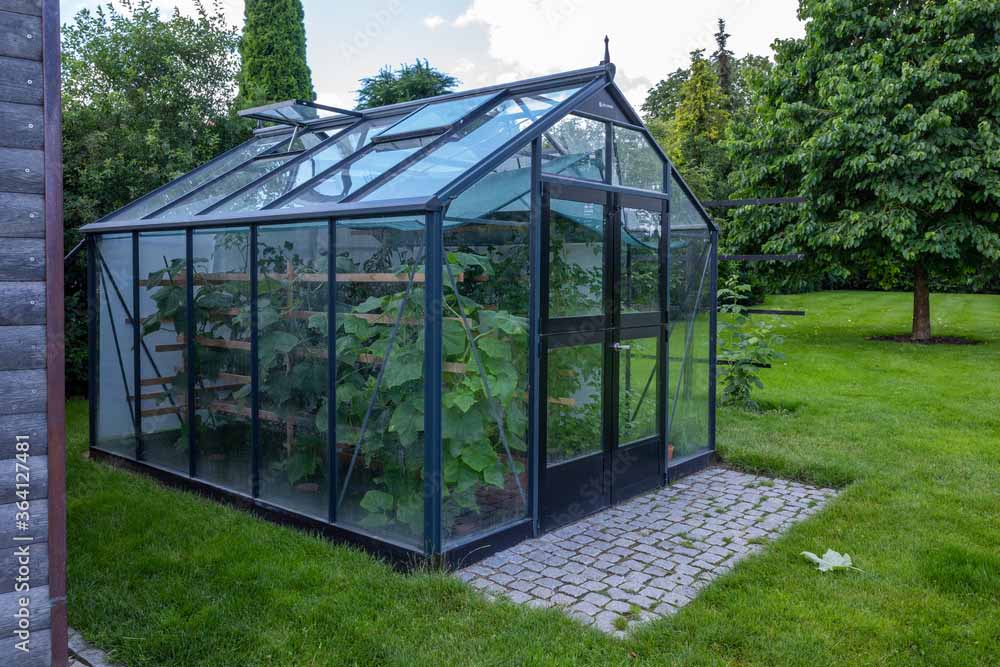
Creating the perfect growing environment in your greenhouse requires careful attention to temperature and air circulation. Plants have specific temperature ranges where they thrive, and maintaining these conditions year-round is essential for successful greenhouse gardening.
Heating systems are the foundation of winter greenhouse operation. The choice of heating method depends on your climate, greenhouse size, and budget. Electric heaters are clean and easy to control but can be expensive to operate in cold climates. Propane heaters offer good heat output and are more cost-effective for larger spaces.
For the most efficient heating, consider radiant floor heating or hot water systems. These methods heat the growing medium directly, which is more efficient than heating the air. They also provide more consistent temperatures throughout the greenhouse, eliminating cold spots that can stress plants.
Ventilation is equally important as heating, especially during warmer months. Without proper airflow, temperatures can quickly become too hot for most plants, and humidity can build up, creating conditions that promote disease. Natural ventilation through roof and side vents is the most energy-efficient option.
Automatic ventilation systems are worth the investment for most greenhouses. These systems use temperature sensors to automatically open and close vents, ensuring optimal conditions even when you're not present. Look for systems that can be programmed for different temperature ranges based on the season.
Shade systems are essential for summer greenhouse management. Shade cloth can reduce temperatures by 10-15 degrees Fahrenheit, making the difference between a productive growing space and one that's too hot for most plants. Consider retractable shade systems that can be adjusted based on weather conditions.
Humidity control is another critical aspect of greenhouse climate management. High humidity can lead to fungal diseases, while low humidity can stress plants and increase water needs. Automated misting systems can help maintain optimal humidity levels, especially in dry climates.
Monitoring and control systems have become increasingly sophisticated and affordable. Modern systems can track temperature, humidity, light levels, and even soil moisture, automatically adjusting heating, ventilation, and irrigation as needed. These systems can be controlled remotely via smartphone apps.
Energy efficiency should be a priority in any greenhouse design. Proper insulation, energy-efficient glazing, and well-designed ventilation systems can significantly reduce heating and cooling costs. Consider renewable energy sources like solar panels to power your climate control systems.
Regular maintenance of your climate control systems is essential for reliable operation. Clean filters, check sensors, and test backup systems regularly. Having a backup heating system is also important, especially in cold climates where a system failure could result in the loss of your entire crop.
The investment in proper climate control systems pays off in healthier plants, higher yields, and the ability to grow a wider variety of crops year-round. A well-controlled greenhouse environment gives you the confidence to experiment with new plants and growing techniques.
